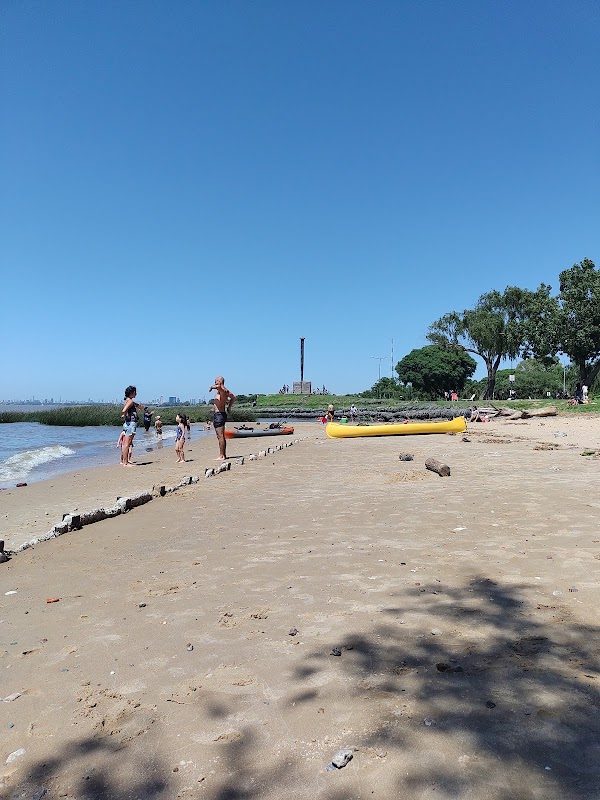
Paraná Delta Protected Zones Adventures
The Paraná Delta Protected Zones conserve one of the largest and most biologically rich freshwater deltas in South America, offering unique opportunities for wildlife observation, boating, and nature study amidst an intricate network of islands and waterways.
About Paraná Delta Protected Zones

The Paraná Delta Protected Zones cover a vast and dynamic freshwater delta formed at the confluence of the Paraná and Uruguay rivers before they join to become the Río de la Plata. Spanning the provinces of Buenos Aires, Entre Ríos, and Santa Fe in Argentina, this area includes an extensive labyrinth of islands, wetlands, marshes, and channels, which together form one of the most expansive and ecologically significant deltas in the world. The delta supports a wide variety of flora and fauna, with habitats ranging from dense riparian forests dominated by species such as ceibos and willows to aquatic environments home to fish, amphibians, and migratory birds. It is internationally recognized as a Ramsar Wetland of Importance and part of UNESCO’s Man and Biosphere Program.
Historically, the Paraná Delta has been inhabited by indigenous peoples and later served as key strategic and economic zones during colonial times and the development of modern Argentina. Today, it is valued for both its cultural heritage and its ecological functions, including flood regulation and carbon storage. Visitors can explore the delta primarily by boat, accessing remote islands, fishing spots, and birdwatching locations. Canoeing, kayaking, and sport fishing are popular activities along the calm waterways. The region also features traditional fishing villages and estancias (ranches) that provide cultural insights into life along the delta.
The Paraná Delta’s complex water system continuously shifts due to sediment deposit and seasonal flooding, creating a constantly evolving landscape. Conservation efforts focus on protecting its biodiversity from threats like urban expansion, pollution, and unsustainable fishing practices. The protected zones encourage responsible tourism and environmental education, making the area a remarkable destination for outdoor recreation and nature appreciation.
Highlights
Boat tours through the maze of delta islands and channels
The rich birdlife of Parque Costero del Sur, including herons and parrots
Historic riverside estancias reflecting rural Argentine culture
Fishing hotspots for species like surubí and dorado
Notable Natural Features
Parque Costero del Sur
A coastal park within the delta recognized for its protected marshes and diverse bird populations.
Isla Martín García
An island in the delta with historical significance and diverse natural habitats, accessible by boat from the mainland.
The Paraná River Channels
Intricate networks of waterways forming the delta's core, vital for navigation, biodiversity, and local lifestyles.
